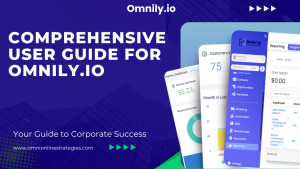The mortgage industry is an ever-evolving landscape with cutthroat competition, and staying ahead of the game is essential for success. Mortgage lenders are constantly striving to come up with innovative ways to capture and retain clients. However, in such a competitive market, developing a winning mortgage marketing strategy can be a daunting task.








